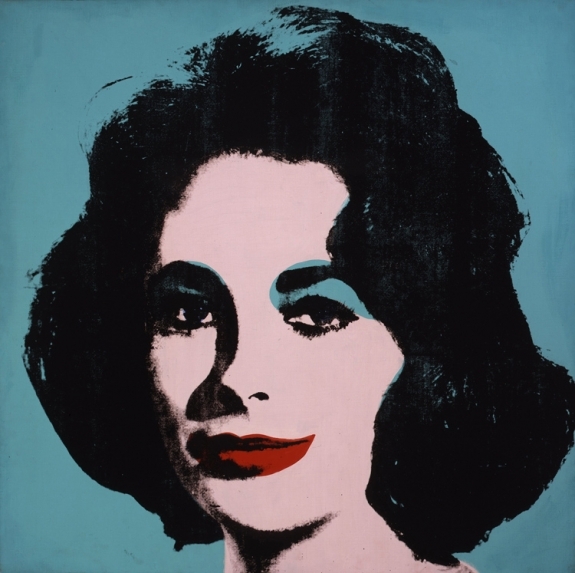IS Andy Warhol's market as vigorous as his auction results would have us believe? The artist always plays a prominent role in the twice-yearly contemporary sales in New York, but this season his work saw a phenomenal turnover of $181m, almost a third of the week's total proceeds at Christie's, Sotheby's and Phillips de Pury. The top lot in all three evening sales was a Warhol painting. But the consignment and bidding stories behind these star Warhols vary greatly. Each reveals a different market dynamic: a determined but thin response to rare masterpieces; the passion of Warhol owners for trading the work; and the skewing effects of guarantees (which ensure a work will sell, either to the auction house or a third-party backer). Indeed, there is more to the Warhol market than first meets the eye.
The most expensive work of the week was a four-panel self-portrait from 1963-4, which hit the block at Christie's. Warhol himself had arranged the four crisply silkscreened canvases in various shades of blue. Moreover, the image had been made in a photo-booth; a ready-made format that affirms Warhol's place as the heir to Marcel Duchamp. Only three bidders went for the work, but two of them were fervent. After a 15-minute duel, an anonymous buyer on the phone with Brett Gorvy, Christie's Head of Contemporary Art, prevailed over a client of Philippe Ségalot, a French-born New York-based dealer, and secured the work for $38.4m, the highest price ever paid at auction for a portrait by the artist.
Other Warhol paintings also elicited real competition and sold for high prices. A lush red shadow painting from 1978 sold at Sotheby's for $4.8m and a 1985 canvas entitled "Third Eye", painted by both Warhol and Jean-Michel Basquiat, sold at Phillips for $7m, a record price for a collaboration. These pieces were vibrantly coloured and conservatively estimated, two factors that whet appetites.
At Phillips the highest price of the night was commanded by a 1963 Warhol portrait of Elizabeth Taylor titled "Liz #5 (Early Colored Liz)". Steven Cohen, a hedge-fund manager, agreed to consign it to Phillips in exchange for a third-party guarantee (also called an "irrevocable bid") rumoured to be from the house's principal owners, Leonid Friedland and Leonid Strunin (known in the art world as "the Leonids"). The painting sold at a hammer price of $24m hammer to a client on the phone. As it happens, the second-highest price in the Phillips sale was also a guaranteed Warhol—a large "Flower painting", consigned by José Mugrabi, a dealer with a huge stock of Warhols. It sold on one bid to what could have been the same telephone buyer, this time for $8.1m. Did Messrs Friedland and Strunin acquire the top two lots in their own sale? Generally if a work sells on one bid, it sells to its backer.
"These sales are no longer auctions," says Allan Schwartzman, an art advisor. "To attract material at the top end, auction houses pre-sell the material to 'irrevocable bidders'. They are deliberate, orchestrated events." These deals spare the work the ignominy of being "bought in", but create misleading benchmark prices that tend to flout ordinary rules of supply and demand. Guarantees can help auction houses by securing an important artwork around which an entire sale can be promoted. They may also appeal to a collector's gambling instincts. If he chooses to be the guarantor, he can either win the work or win a financing fee or both. Whatever the case, when the work sells on one bid, a guaranteed lot is effectively a private sale done in public.
The top lot at Sotheby's was again a Warhol, although one that was neither much coveted nor guaranteed. "Sixteen Jackies" is a posthumous compilation of small 1964 portraits of Jackie Kennedy, 15 of which came out of Warhol's estate. Although the work has the benefits of celebrity, death and repetition, Jackie is a very American icon and the arrangement of canvases is awkward. They were put together by Peter Brant, its consignor, with advice from Jeff Koons, an artist with a good eye for old masters but a poor track record in curating contemporary art.
Mr Brant is a key player in the Warhol market. He began collecting the artist in the 1960s and was responsible for the very first appearance of an important Warhol at auction in 1970, when he consigned "Soup can with peeling label" to Sotheby's Parke-Bernet. The work sold for a record price of $60,000 to Bruno Bischofberger, a Warhol dealer and friend of Mr Brant. At the time, the press reported that the lot was "bid up to establish a higher market level."



